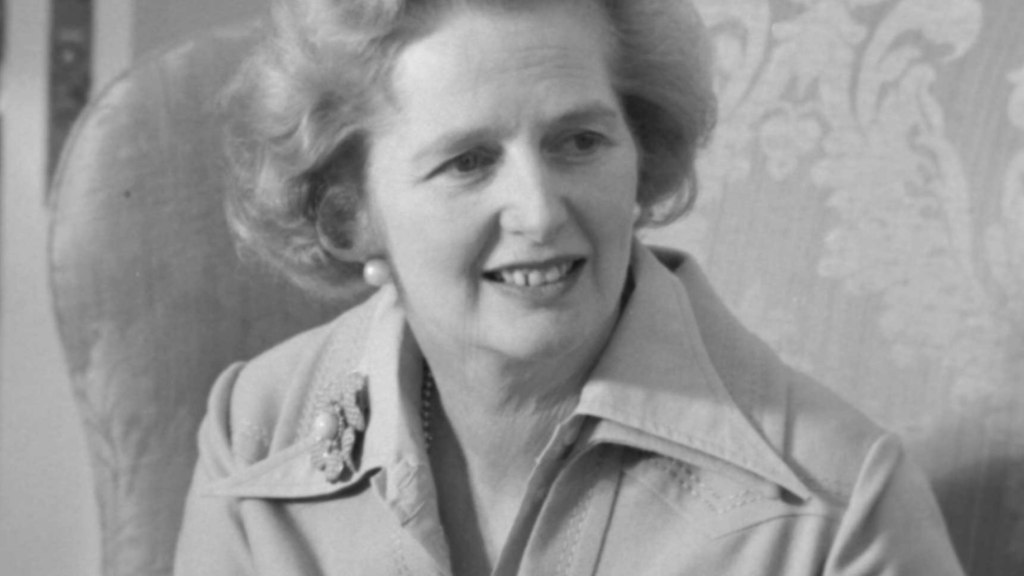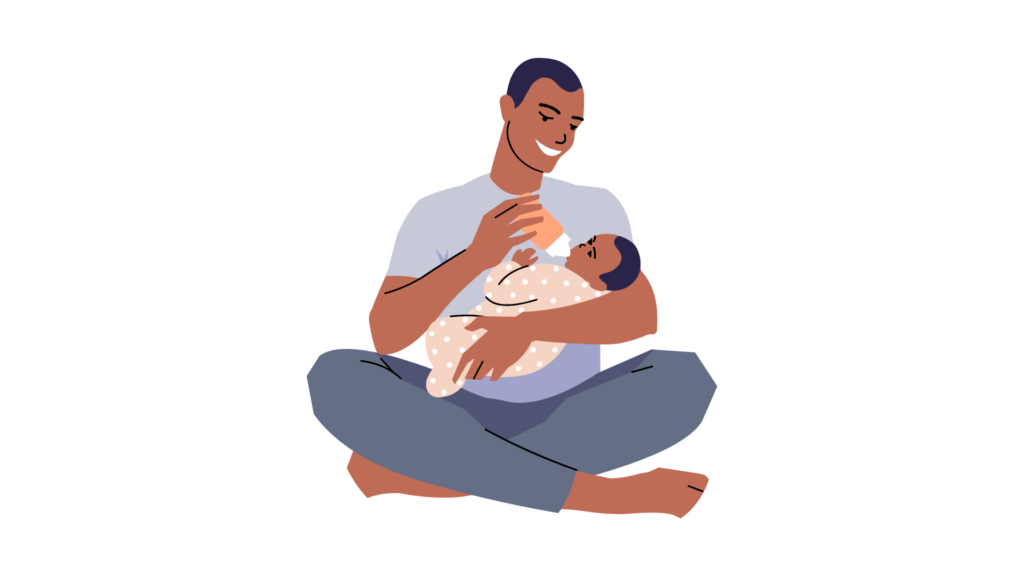Understanding Gender Roles and Latest Trends
Gender Studies are a very much popular part of Sociology all over the world. Almost all Universities teach gender studies for under graduation and Post-Graduation. Today we are going to cover the topic of “understanding Gender roles” in Traditional society. We will also discuss how these roles have been changing at present. This is a really interesting topic. See whether these trends are equally arising in your country as well.
Gender Studies
Let’s study the history of gender studies first. As per the sources, the first social scientist who develops the concept of gender is Lill Matthews. In the year of 1984, she introduced this concept of Gender in her research on the construction of femininity. Therefore, it is better if we can study the concept of gender in a systematic way.
The study of Gender will let us understand more about the roles, similarities, behaviors, relationships,s and nature between women and men in our society. We may represent different countries or societies. But we can observe that there is a way of behavior between men and women in each society which is quite common. Gender Studies let us understand The reasons for the behaviors and behavior patterns of men and women properly. Simply, we may understand “why we behave like that. Why do we dress like that?, Why do we talk like that? or Why do we think like that as men or women… Etc.”
Understanding the term “Sex”
To understand gender studies properly, we must know the difference between sex and gender. Let’s study it first. Otherwise, you may not understand what mother nature created and what we have created as a human society.
Sex is a term we used to refer to the biological differences between males and females. This is something scientific. Hence, we can find that there are certain physiological differences between males and females which we can observe.
For example, whenever there is a delivery, we look at the newly born child and notice the biological factors in its body. After that, we labeled the child as a boy or son, or otherwise as a girl or daughter. Society is labeling this based on sexuality. Based on the genitals and reproductive organs our society differentiate girl and boy at birth. But, we cannot observe much difference between them out of these organs.
Understanding the Concept of Gender
Then, what is gender? This is a construction by us. The society. I mean, we socialized males and females based on sexuality in a different manner. Gender explains how men and women are different in social terms, not in biological terms. So, gender explains what kind of things a man should or a man can do. What kind of things a woman should do or a woman can do? Accordingly, males and females think differently, act differently, and receive recognition differently. That is gender, a socially constructed one.
The Gender Roles
As per the socio-cultural practices and beliefs, society determines how women should think, how women should dress, how women should interact, how women should behave, etc. On the other hand, society determines how men should think, how men should speak, how men should dress, how men should behave, how men should interact, etc. Accordingly, we act in this life. This is how an individual understands our gender role and live accordingly in this society as a man or as a woman. Simply, the role of our character has been drafted by society as per their socio-cultural factors, boundaries, and limitations. This is the simple meaning of gender roles.
Gendered Socialization
The socialization process is the main process of understanding gender roles. As we know parents and family members play a great role here for primary socialization. As we know fathers teach their sons how to fix or build things. Then the boys follow their father. Mothers teach their daughters how to keep the home clean or how cook or how to sew. Isn’t it? Therefore, the daughters start following their mothers from childhood. This is how a child understands the gender role which he or she has to play in society in the very beginning through the socialization process.

When the child completes 6 years and up to 19 years, he or she has to attend primary and secondary schools. Therefore Teachers and peer groups doing a greater role here in this period in shaping the child’s personality development. This is the second stage where the child understands and absorbs gender roles through secondary socialization. In this era a child may develop certain characteristics, a child may plan his or her future career, behavioral pattern, fashions, values, and norms that match with her or his gender as per the socialization process. For example, girls may wear frocks in school while boys wear trousers and shirts. Girls may speak softly and boys may speak loudly.

Media and Gender Roles
Media (TV, Radio, Social Media, and Cinema) also influence individuals in the socialization process and became very much powerful present. Most of the time young generation absorbs media and its culture. Therefore, Media can make trends too. Hence, Media today can shape gender roles.
Religion and Gender Roles
Religion is also a social institution in our society that plays a major role in shaping gender roles. That advice us on what to do, not to do, limitations, how to behave, etc as a man or woman. Different religions have different practices too. Therefore, the different religious members may have a different feelings about gender roles.
For example, men wear white and women wear black in Muslim societies. Men can open their faces but women must cover their bodies, head, and as well as their faces as per the teaching of Islam. The men must remove their top-dresses and open their chests at Hindu temples in India while women wear traditional dresses. Both men and women among Christians wear the best clothes and jewels for attending the events at church. Buddhists use to remove their head cover, hats, or shoes when they enter temples including women. See, different religions practice differently.

Almost all the decision-makers at religious places are men. Women have limitations on their duties in religious places. Some religious places are not allowed women at all. Some religious activities are done by men only.
Patriarchy and Gender Roles
For newcomers to sociology, I will first explain the meaning of the term “patriarchy” in simple words. Patriarchy is a social system spread all over the world where men lead that society. Most of the time, men are powerful in a patriarchal society and women have to do a subordinating role. Father has the supreme power and authority in the family in such a situation. This is a social Organization formed in society and the sociocultural practices help to continue that.
Masculinity and Gender Roles
Masculinity is a social construction where men are treated as privileged in society. As per the patriarchal socio-cultural background, society suggests how to behave “being a man” and appreciate masculinity. Therefore men follow and study masculine characters and finally start behaving like that when they grow up. Moreover, the socialization process helps men to act in a masculine role. Therefore, we can refer to the term “masculinity” for such social relationships and interactions, Behaviors and attitudes, ideology, social roles, and the characteristics of men.

Femininity and Gender Roles
As we discuss earlier females understand feminine behavior in their primary and secondary socialization processes. Therefore, females are doing feminine roles in our society. A society designed with femininity appreciates a woman who has the qualities of being feminine and womanly. If not, whole the of society will criticize her.
Femininity has certain similar words too. The words such as girlishness, womanliness, and womanhood are some of them. All these words represent a set of roles and behaviors which are attached to girls or women. Moreover, society expects women to be so gentle, sensitive, full of empathy, flexible, innocent, kind, flexible, patient, sweet, tolerant, caring for family members, and nurturance. These qualities represent femininity.

Gender Roles in Traditional Society
We may represent different countries all over the world. But, when it comes to gender roles in traditional societies are almost common in each society. Almost all societies expected more nurturing women but they expected dominant men those who are so-called real men and real women. So men need to have good leadership skills to lead the family. But women need to have the patience to face any difficulties in life. Women also need to be gentle and a caregiver for family members.
Men worked and used to earn money in traditional societies and women were housewives. Society expected women to have good skills to prepare their food at home, manage the clean the home, and bring food from the market. Childcare and elderly care were also a part of the women’s responsibility.

When it comes to children, girl child receives less care for education but boys were encouraged to get higher education. Girls were encouraged to marriages after school. Society thinks that boys are intelligent so, they receive higher education, and vocational education and target good jobs. There is a considerable difference between the dress pattern of men and women and the colors of dress since their childhood. For example, pink for the daughter and blue for the son. Elders gift dolls for daughters to play with while they gift toy cars for sons.

Such a socialization process could continue these differences, and discriminations up to now. But, we also can observe that changes are happening around the world in a very positive way. But, still, women have to struggle a lot to change these limitations and men need to understand the importance of such changes.
Trends and Changes in Gender Roles
- Women’s Education
- Women at Work
- Fashions and dress codes are changing usually among men and women
- Awareness of Human Rights and Women’s Rights
- Arising of Women’s Association to help women’s empowerment
- Women at Business
- Women at Politics and Power
- Caring Father concept
- LGBT Rights
- Global Knowledge, trends, and media make an influence on changing traditional limitations.

Summary of the content: Understanding Gender Roles and Latest Trends
This article has been written using very simple language which can be understood by any newcomer to the sociology field. Moreover, the article has provided a small introduction to gender studies. The Differences between Gender and sex/sexuality have been discussed too. Further, the Article discusses how the Socialization process contributes to shaping gender roles. It describes the role of Family, School, Teachers, Peer groups, Religion, and media on gender socialization. The concepts such as patriarchy, Masculinity, and femininity also has been discussed here. At the end of the article, I have discussed how the traditional society expects gender roles and the recent trends changes too.

Special Note
Thank you so much for visiting us and at the same time Thank you for reading us. We hope that we could provide you with a basic idea about Gender and gender roles here. So share your ideas and experiences below. Such comments are more important for the readers to understand the status of gender roles in other societies. I would like to mention certain books which have explained this idea in a deep way. If you prefer to get more understanding of this topic, you can refer to them. See below.

Further Readings on Understanding Gender Roles
- “Sex, Gender and Society” was published in the year of 1972 and is written by British Social Scientists Ann Oakley.
- “The Second Sex” the book was written by a French Social Scientists Simone de Beauvior and published in the year of 1949
- “The Dialectics of Sex; The Case for Feminist Revolution” written by a US Social Scientists Shulamith Firestone in the year 1970
- “Understanding Gender, Kali for Women ” written by Indian Social Scientists Kamala Bhasin in the year 2000
Related Posts
Understanding the Value of Women’s Empowerment.
Know the Challengers of Women’s Empowerment at present.






